When the water flowing from the tap is slightly cloudy and has a faint unpleasant odor, do you feel a pang of concern and can’t help but wonder: Is the tap water we use every day really safe? Is it necessary to install a water purifier at home? As someone who has used a water purifier for 5 years, I’d like to share my real-life experience with you today.
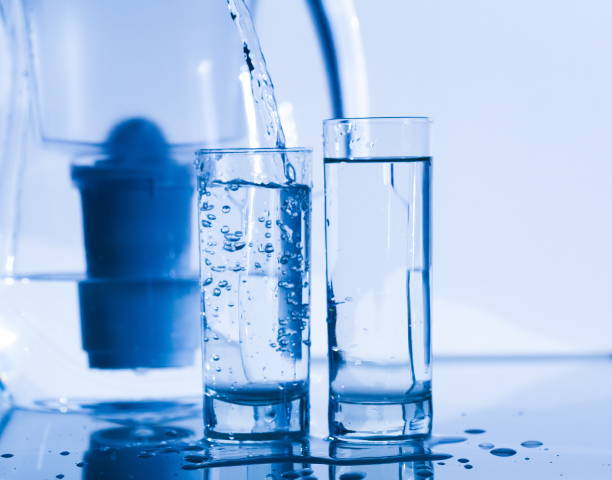
Five years of usage experience lead to a conclusion
Five years ago, the water quality in my neighborhood was unstable, with occasional visible particles in the water. My kettle developed a thick layer of scale after just a short time of use. To protect my family’s health, I bit the bullet and bought a popular water purifier at the time. When I first started using it, seeing the purified water so clear and odorless made me feel incredibly reassured. The scale buildup in the kettle decreased significantly, and the tea I brewed tasted much more aromatic and smooth—it felt like I’d added a layer of security to our household water supply.
Over the past five years, the water purifier has been like a silent guardian, always there. Whether it's for daily drinking, cooking, making soup, or preparing formula for the baby, I have complete trust in the water it filters. However, the process hasn't been entirely smooth. Issues like the cost and replacement cycle of the filters, as well as occasional minor malfunctions, have given me a more comprehensive understanding of water purifiers. Therefore, in my opinion, installing a water purifier at home is still very necessary. Let me share my reasons in detail with you.
Analysis of the Current State of Tap Water
Seemingly clean, but hiding potential risks
The tap water we use daily undergoes processes such as sedimentation, filtration, and disinfection at the water treatment plant. However, this does not mean it is absolutely safe and pure. Water treatment plants typically use chlorine to disinfect water and eliminate bacteria and viruses, leaving residual chlorine in the tap water. While chlorine is generally harmless at certain concentrations, prolonged consumption of water containing residual chlorine may react with organic compounds in the water to form carcinogenic substances like trichloromethane and carbon tetrachloride, posing potential health risks.
In addition to chlorine, tap water may also contain heavy metals such as lead, mercury, and cadmium. These heavy metals primarily originate from industrial wastewater discharge and aging water supply pipelines. If the human body ingests excessive amounts of heavy metals, it can cause significant damage to organs such as the nervous system, kidneys, and liver. For example, lead can impair children's intellectual development, leading to reduced learning ability and attention deficits; mercury can damage the brain and nervous system, causing symptoms such as memory loss, insomnia, and emotional instability. Bacteria and viruses are also significant risks in tap water. Even after disinfection, tap water may be subject to secondary contamination during transportation and storage, leading to the proliferation of bacteria and viruses. Especially during the hot summer months, bacterial reproduction accelerates, and drinking such water can easily lead to diarrhea, vomiting, and gastrointestinal diseases.

Significant variations in water quality across regions
Our country is vast, and there are significant differences in tap water quality across regions. In northern regions, water sources are primarily groundwater, which has higher levels of calcium and magnesium ions, resulting in harder water. This is why kettles and water heaters in northern regions tend to accumulate scale more easily. Long-term use of hard water not only shortens the lifespan of appliances but may also affect the body's absorption of certain nutrients, causing gastrointestinal discomfort. For example, calcium and magnesium ions in hard water can bind with certain components in food, forming indigestible substances that increase the burden on the gastrointestinal tract. In southern regions, water quality is relatively softer, but due to industrial development, water sources may be contaminated to varying degrees, with issues like residual chlorine and rust being more prominent. In areas near chemical plants, tap water may contain various chemical pollutants that pose potential health risks. In cities like Guangzhou, due to the long history of urban development, some water distribution networks have aged, causing rust and other impurities to leach into the water, affecting water quality. Additionally, poor management of secondary water supply systems in high-rise buildings, such as infrequent cleaning and disinfection of water tanks, can lead to bacterial growth and deteriorated water quality.
In-Depth Analysis of Water Purifier Functions
Unveiling the Filtration Principles
Common water purifiers primarily rely on a combination of multiple filter cartridges to deeply purify tap water. Different filter cartridges have distinct filtration principles, working together like an ultra-precise purification system to ensure water safety at every stage.
The PP cotton filter cartridge serves as the first line of defense, acting like a large net to intercept larger particles such as sand, rust, and suspended solids. PP cotton filter cartridges are made from polypropylene through a special manufacturing process, featuring uniformly sized and densely packed pores. These small pores effectively block large particles, preventing them from entering subsequent filter cartridges and protecting them from clogging or damage.
Activated carbon filter cartridges act like super-powerful adsorbents, primarily responsible for adsorbing residual chlorine, odors, and certain organic pollutants from water. Activated carbon has an abundance of microporous structures, which significantly increase its surface area and enhance its adsorption capacity. As water flows through the activated carbon filter cartridge, harmful substances such as residual chlorine are adsorbed by the microporous structure of the activated carbon, resulting in a significant reduction in odors and disinfection byproducts. This improves both the taste and odor of the water.
The RO reverse osmosis membrane is the core component of a water purifier, with an ultra-high filtration precision of 0.0001 microns, equivalent to one-millionth the diameter of a human hair. Under certain pressure, water molecules can pass through the RO reverse osmosis membrane, while impurities such as inorganic salts, heavy metal ions, organic substances, colloids, bacteria, and viruses are retained on the other side of the membrane, achieving deep purification of the water. For example, heavy metal ions such as lead, mercury, and cadmium, as well as microorganisms like E. coli and viruses, can all be effectively blocked by the RO reverse osmosis membrane, ensuring that the purified water is clean and safe.

Purification results are visible to the naked eye
To give everyone a more intuitive understanding of the purification effectiveness of water purifiers, let's look at a set of comparison test data. In a test of a certain brand of water purifier, test personnel separately tested tap water and water filtered through the water purifier. The test results showed that the TDS (total dissolved solids) value of tap water was 200 ppm, indicating that the water contained a significant amount of dissolved impurities.
After filtration by the water purifier, the TDS value dropped below 10 ppm, nearly meeting the standards for purified water, with a significant reduction in impurities. In terms of residual chlorine testing, when residual chlorine test agents were added to the tap water, the water immediately turned yellow, indicating a relatively high residual chlorine concentration in the tap water. After filtration, adding the test reagent to the water causes little to no color change, indicating extremely low residual chlorine levels, far below national standard limits. In terms of removing bacteria and viruses, according to reports from professional testing institutions, the water purifier achieves removal rates of over 99.99% for common bacteria such as E. coli and Staphylococcus aureus, and approximately 99% for viruses, demonstrating highly effective purification results.
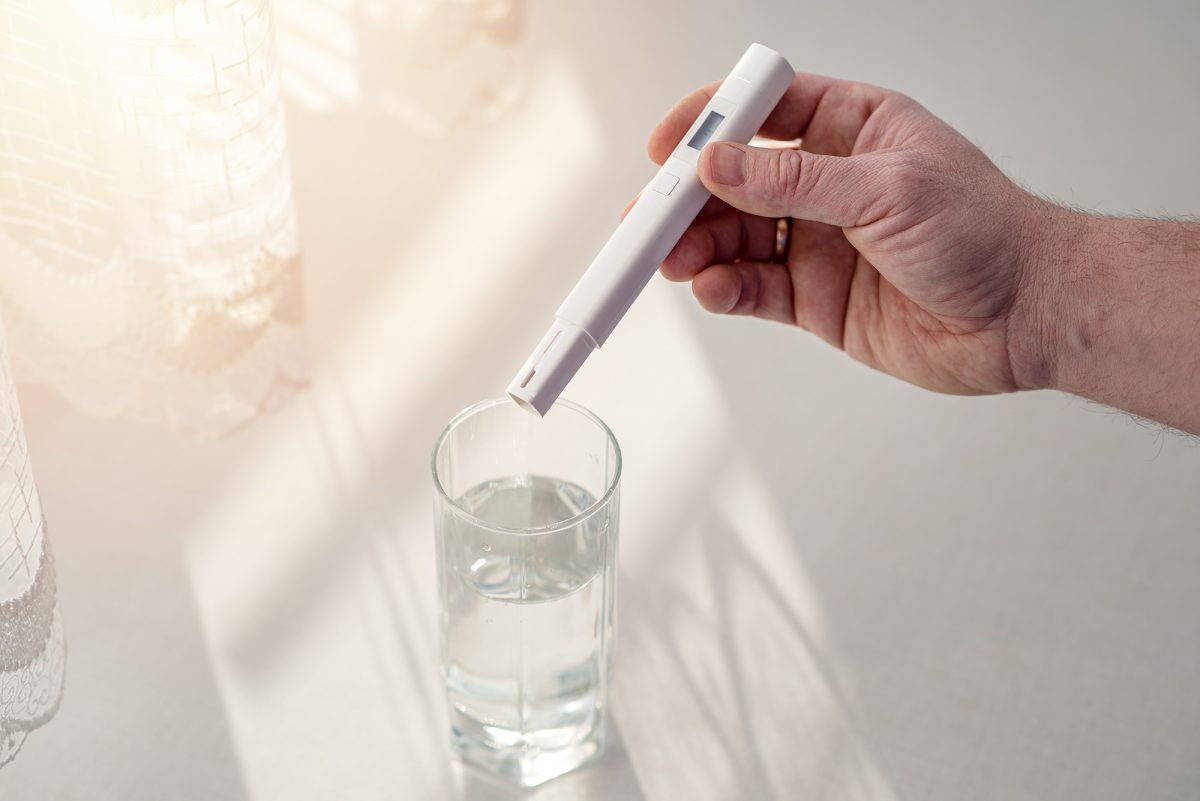
5-Year Experience Overview: Advantages and Disadvantages of the Water Purifier Advantages:
Health and Convenience Combined
Over the past 5 years of using the water purifier, I have truly felt the benefits it brings. The most obvious benefit is the convenience and safety of drinking water. Previously, to drink clean water, I either had to go downstairs to the convenience store to buy bottled water or boil tap water and let it cool, which was both troublesome and time-consuming. Now, with just a press of the water purifier switch, I can enjoy clear, sweet purified water anytime. Whether it’s the first glass of water in the morning or hydrating after exercise, it’s effortless—a convenience that’s hard to describe. Using purified water for tea or cooking also significantly improves the taste. When brewing tea, the aroma of the leaves is released more fully, the tea broth is clearer and more translucent, and each sip has a lingering sweetness, allowing you to taste the true flavor of the tea leaves. Cooking rice with purified water makes it softer, sweeter, and more fragrant, with plump grains, and the whole family enjoys it more. For example, I love drinking green tea. Before, when I used tap water to brew it, there was always a faint strange odor. Now, using water from the water purifier, the fresh tea aroma fills the air, and I enjoy drinking tea even more.
The water purifier also quietly protects the water-using appliances in the home. Since the water quality here is hard, before installing the water purifier, appliances like water heaters and washing machines were always covered in thick scale, which not only shortened their lifespan but also increased energy consumption. Since installing the water purifier, calcium, magnesium ions, and other impurities in the water have been effectively filtered out, significantly reducing scale buildup in appliances. The water heater heats up faster, and clothes come out cleaner and softer from the washing machine. It’s like giving the appliances a protective layer, allowing them to serve us more efficiently and for longer.
Drawbacks: High usage costs and maintenance challenges
Of course, while enjoying the convenience and health benefits of a water purifier, I’ve also encountered some frustrating issues, the most prominent being high usage costs and maintenance challenges. Replacing filter cartridges is a significant expense, and the replacement cycles and prices vary depending on the type of cartridge. For example, PP cotton filter cartridges typically need to be replaced every 3–6 months, costing around several dozen dollars; activated carbon filter cartridges have a replacement cycle of 6–12 months, costing around 100 dollars; and RO reverse osmosis membrane filter cartridges are more expensive, with a replacement cycle of 1–3 years and prices ranging from several hundred to over a thousand dollars. Calculating the costs, replacing filters alone can easily amount to several hundred dollars annually. For high-end water purifiers, filter costs may be even higher. As usage time increases, the frequency of filter replacements seems to be rising. This could be due to worsening water quality in the area or declining performance of the water purifier itself. Either way, the ongoing investment in filters becomes increasingly burdensome. Additionally, each filter replacement requires careful handling to avoid improper operation that could affect the water purifier's functionality. If you accidentally purchase low-quality filter cartridges, it could even lead to secondary water contamination, which would be a major loss.

I’m also not satisfied with the water flow rate of the water purifier. Especially during peak usage times, such as in the morning when the whole family is rushing to wash up and cook, the water purifier’s flow rate clearly can’t keep up, and you have to wait a long time to fill the required amount of water, which causes significant inconvenience in daily life. Sometimes, when I'm in a hurry to go to work, I end up wasting time waiting for water, which is really frustrating. Wastewater production is also an issue that cannot be ignored. Most water purifiers produce a certain proportion of wastewater during filtration, with the ratio of purified water to wastewater typically ranging from 1:1 to 1:3. This means that for every 1 liter of clean water obtained, 1 to 3 liters of tap water are wasted. Watching this water flow away unused is truly heartbreaking. Especially now that water resources are becoming increasingly scarce, such waste feels a bit guilt-inducing. To reduce wastewater discharge, I’ve tried various methods, like collecting the wastewater for mopping floors or flushing toilets, but these are merely Band-Aid solutions that don’t address the root problem.
Comparison of other drinking water options
Bottled water: convenient but limited
Before water purifiers became widespread, bottled water was the top choice for many families seeking healthy drinking water. Its advantages are clear: it’s convenient to purchase, with a wide variety of brands and sizes available on the market. Whether it’s the 18.9-liter family-sized bottles or the 5-liter portable bottles, they can meet the needs of different households. Additionally, most bottled water providers offer delivery services. A simple phone call can have water delivered to your doorstep, eliminating the need for manual handling—a particularly thoughtful service for the elderly and women. Bottled water generally maintains stable quality, having undergone multiple filtration and disinfection processes, resulting in a pure taste that instills confidence in consumers.
However, over time, the limitations of bottled water have become increasingly apparent.
Firstly, there is the cost issue. Purchasing bottled water long-term can be a significant expense. Take the commonly available 18.9L bottled water, for example, which typically costs between 10 and 30 yuan. If a household consumes 2 to 3 liters of water daily, they would need to purchase at least 3 to 4 bottles per month, resulting in a monthly cost of approximately 30 to 120 yuan. Add to that the initial purchase cost of the water dispenser and annual maintenance fees, and the total cost is quite high. In contrast, while water purifiers have a higher initial purchase cost, their ongoing usage costs are relatively lower. As long as the filters are replaced regularly, you can continue to have access to clean water.
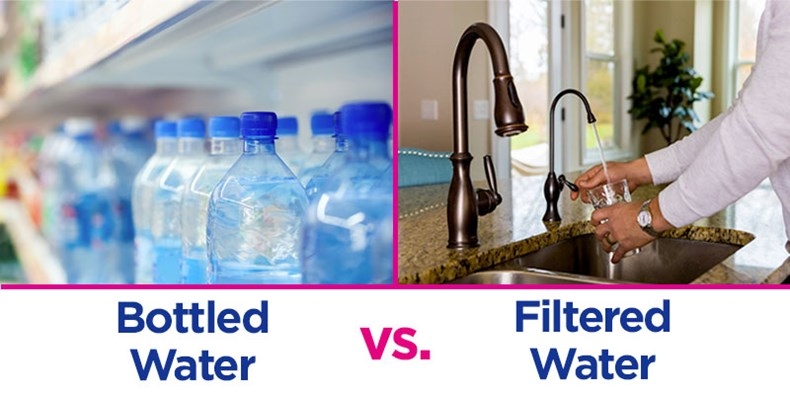
Bottled water also poses a risk of secondary contamination. Many households use water dispensers that, if not cleaned regularly, can accumulate bacteria and grime in components like the water tank and pipes. When filling the water, air enters the barrel, along with microorganisms in the air, significantly shortening the shelf life of the bottled water after opening. Research shows that after opening, bottled water left at room temperature for 3–5 days can see a sharp increase in bacterial counts, far exceeding hygiene standards. This means that once opened, bottled water should be consumed promptly to avoid potential health risks.
Storing bottled water is also a hassle. Large bottles take up significant space, making storage inconvenient in smaller homes. Additionally, bottled water should not be exposed to direct sunlight or high temperatures, as this can affect water quality, requiring proper storage.
Community Drinking Water: Cost-Effective but Inconvenient
In recent years, community drinking water has quietly gained popularity in many residential areas, attracting many residents due to its cost-effectiveness. Generally, community drinking water is priced per liter, with each liter costing around 0.2 to 0.5 yuan, offering a significant price advantage compared to bottled water . Residents can simply bring their own water containers to the drinking water station at any time, with flexible pickup times that are not restricted by delivery schedules. However, community drinking water also has its drawbacks. The main issue is the inconvenience of water pickup. If the drinking water station is far from home, residents must carry heavy water containers back and forth each time, which is physically demanding. This is particularly burdensome for the elderly and those with mobility issues. In case of adverse weather conditions such as rain or snow, fetching water becomes even more challenging. The water quality stability of community direct drinking water is also inconsistent. While direct drinking water stations generally use filtration and disinfection equipment, water quality cannot be guaranteed due to varying levels of maintenance and management of these systems. Some drinking water stations fail to replace filters regularly, leading to reduced filtration effectiveness and increased levels of impurities and bacteria in the water. Additionally, some stations may use excessive amounts of disinfectant during the disinfection process, potentially leaving residual chemicals in the water that compromise water safety.
How to decide: Advice for readers Make a decision based on your own circumstances
By now, I believe everyone has their own opinion on whether or not to install a water purifier at home. In fact, there is no absolute answer to this question. Ultimately, it depends on the actual circumstances of each family.
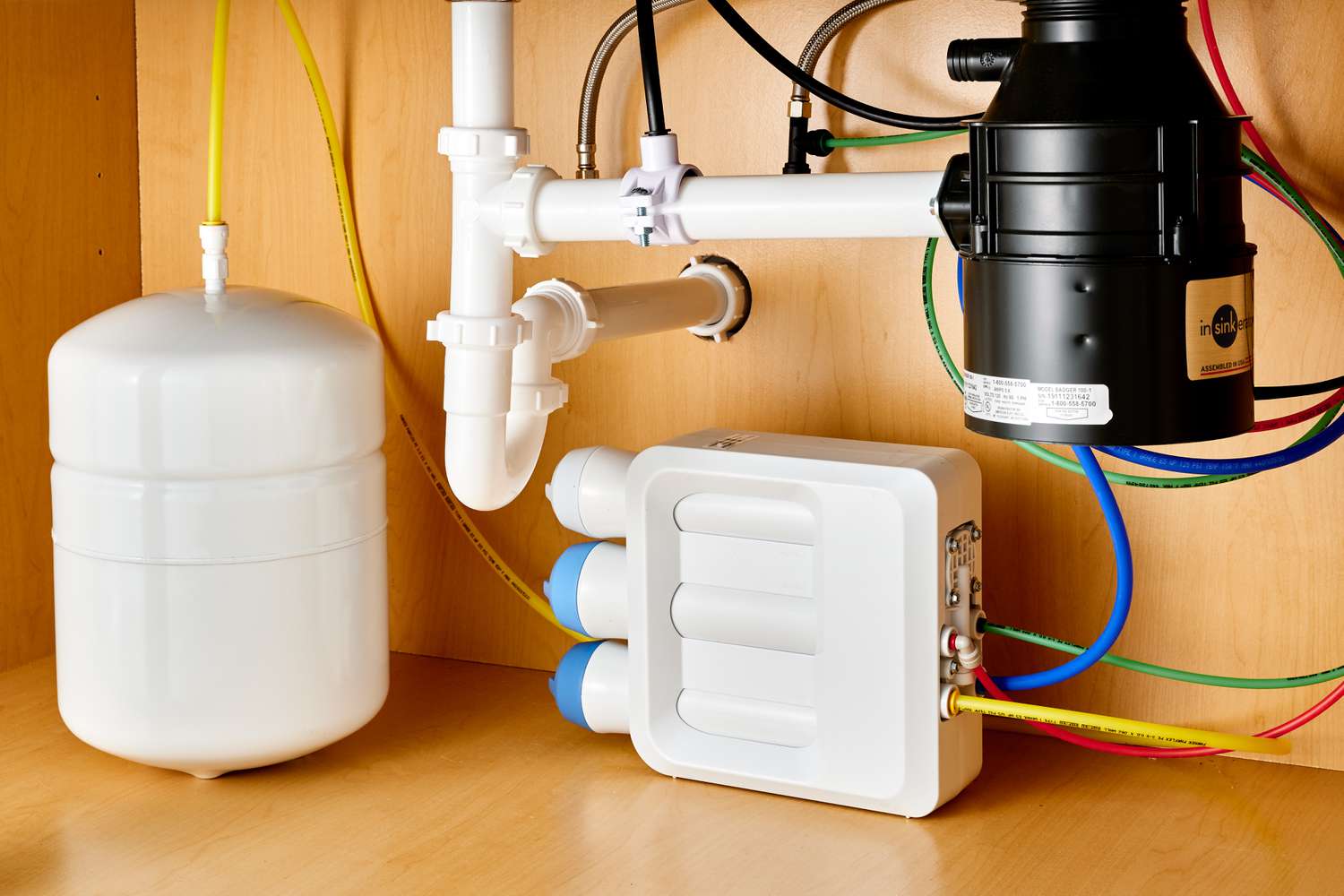
If your family has good economic conditions, places a high priority on drinking water quality, and resides in an area with poor water quality, installing a water purifier is definitely a wise choice. It can comprehensively safeguard the health of you and your family, eliminating concerns about drinking water safety. Some families with high standards for living quality not only install water purifiers but also pair them with high-end pipeline machines to achieve instant heating and drinking, enjoying a high-quality drinking experience.
On the other hand, if your family has limited financial resources, the local tap water quality is good and meets national drinking water hygiene standards, and you rarely encounter issues like scale buildup when boiling water, then there may be no urgent need to install a water purifier at this stage.
You can first observe the water quality, understand the local water supply situation, and then assess whether installation is necessary. Of course, if your living standards improve in the future, you place greater emphasis on health, and there is a need, you can always install one later.
Key Considerations for Selecting a Water Purifier
If you have decided to install a water purifier in your home, keep these key points in mind when making your selection.
First, consider the type of filter cartridge.
RO reverse osmosis filter cartridges offer extremely high filtration precision, effectively removing various impurities, heavy metals, and bacteria/viruses from water. If you're seeking the purest water quality possible, this is the top choice. If your area has poor water quality or issues like heavy metal contamination, an RO reverse osmosis water purifier is definitely the best option. However, note that this type of purifier produces a certain amount of wastewater and requires regular filter cartridge replacements, resulting in relatively higher usage costs.
Ultrafiltration membrane filters retain some minerals in the water, making them suitable for areas with good water quality. If you prioritize mineral content in the water and want to retain beneficial trace elements while filtering out impurities, an ultrafiltration water purifier is a good choice. Its advantages include no need for electricity, no wastewater production, and lower operating costs. However, its effectiveness in removing harmful substances like heavy metals is relatively weaker.
Flow rate is also important.
The higher the flow rate, the faster the water dispenses, meeting the needs of households with high water consumption. If your household has many members or frequently requires large amounts of water for activities like cooking soup or brewing tea, it is recommended to choose a water purifier with a flow rate of 600G or higher. This ensures water can be dispensed quickly during peak usage periods without prolonged waiting. For large families with high daily water consumption, selecting a water purifier with a high flow rate can significantly enhance convenience in daily life.
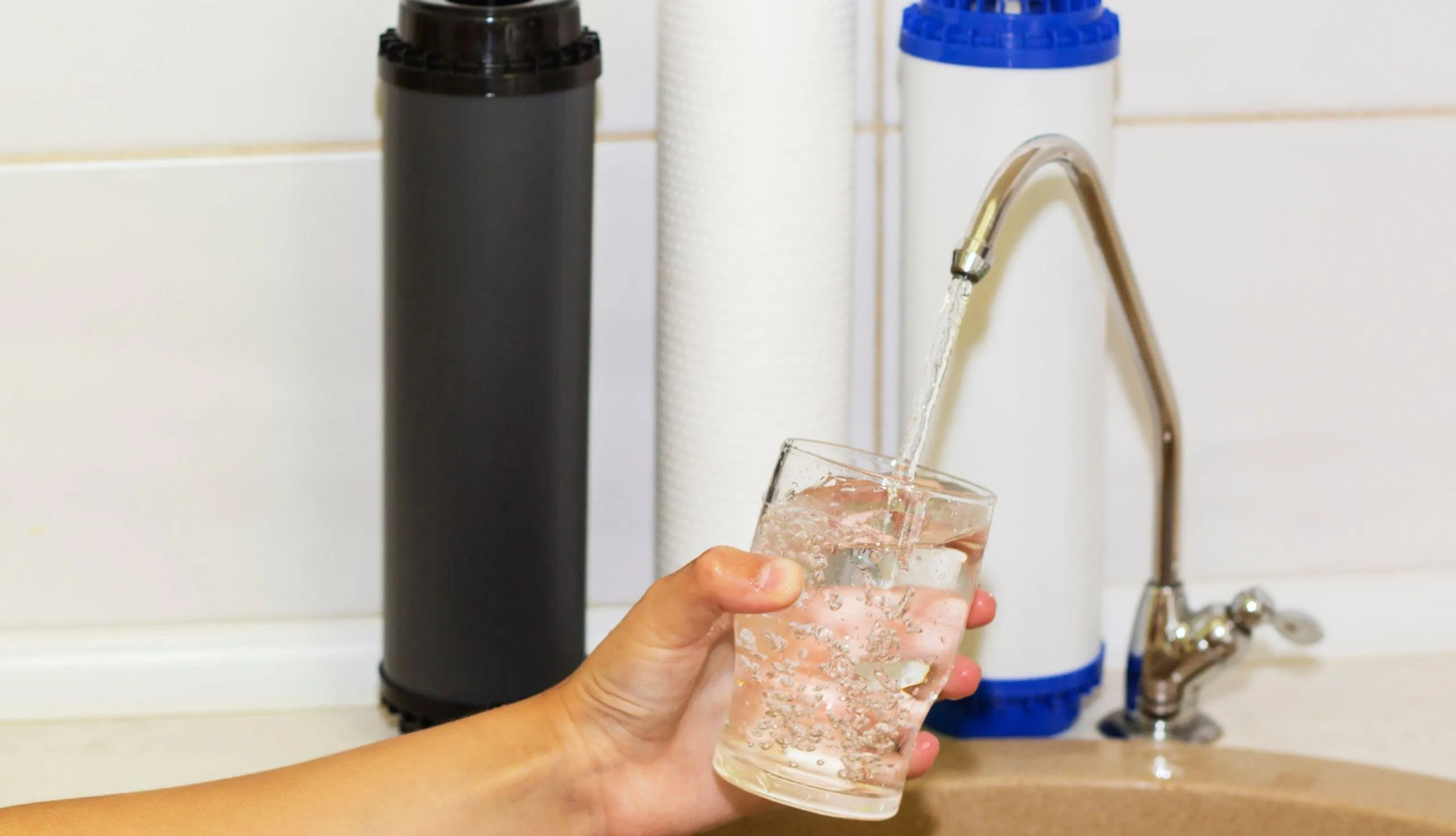
Brand reputation and after-sales service are also important.
Choosing a water purifier from a well-known brand ensures product quality and provides more comprehensive after-sales service. Well-known brands typically have professional R&D teams and strict production standards, ensuring the performance and quality of the water purifier are stable and reliable. Before purchasing, it is advisable to research the brand's reputation and user reviews, and choose brands with a good track record in the market.
Additionally, pay attention to the brand's after-sales service policies, such as free on-site installation, filter replacement reminders, and repair services. A good after-sales service ensures a worry-free and reliable experience when using the water purifier, eliminating concerns about issues arising without proper support.
Whether to install a water purifier for tap water at home requires consideration of various factors. Tap water quality varies across regions and has potential risks, making water purifiers a viable solution. Their advanced filtration principles and significant purification effects can indeed safeguard our health when it comes to drinking water. However, water purifiers are not perfect, and their usage costs and maintenance challenges are realities we must face. Compared to other drinking water options like bottled water or community-provided drinking water, water purifiers have their unique advantages but also certain drawbacks.
Before making a decision, I hope everyone will carefully assess their own circumstances and make the choice that best suits their family. If you have already installed a water purifier, feel free to share your experiences and insights in the comments section, such as any issues you’ve encountered and how you resolved them. Your insights might be particularly helpful for those still undecided. If you’re still hesitating, you can also leave your questions in the comments, and we can discuss them together—maybe we can help you find the answers you’re looking for.
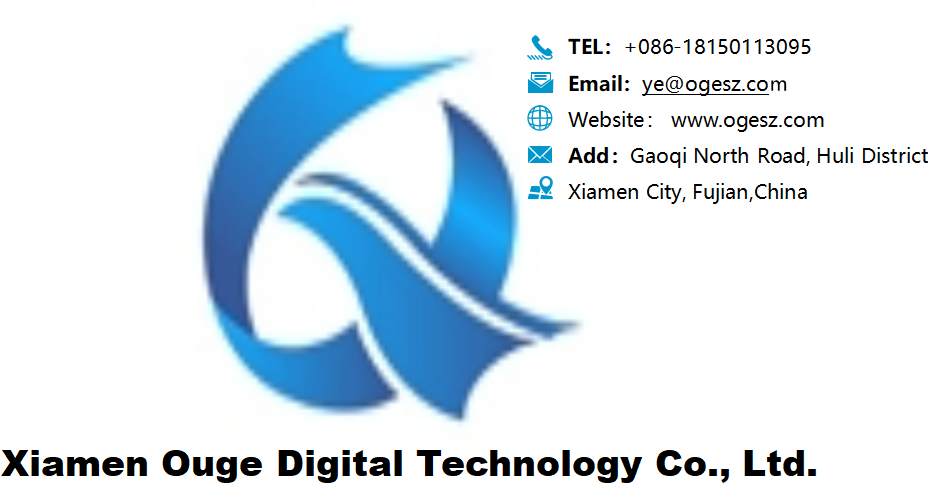
 Reverse Osmosis Technology for Wastewater Treatment: Understanding How RO Systems Operate
Reverse Osmosis Technology for Wastewater Treatment: Understanding How RO Systems Operate
 The “Magic” of Turning Seawater into Freshwater: Unveiling the Core Secrets of Reverse Osmosis Technology
The “Magic” of Turning Seawater into Freshwater: Unveiling the Core Secrets of Reverse Osmosis Technology
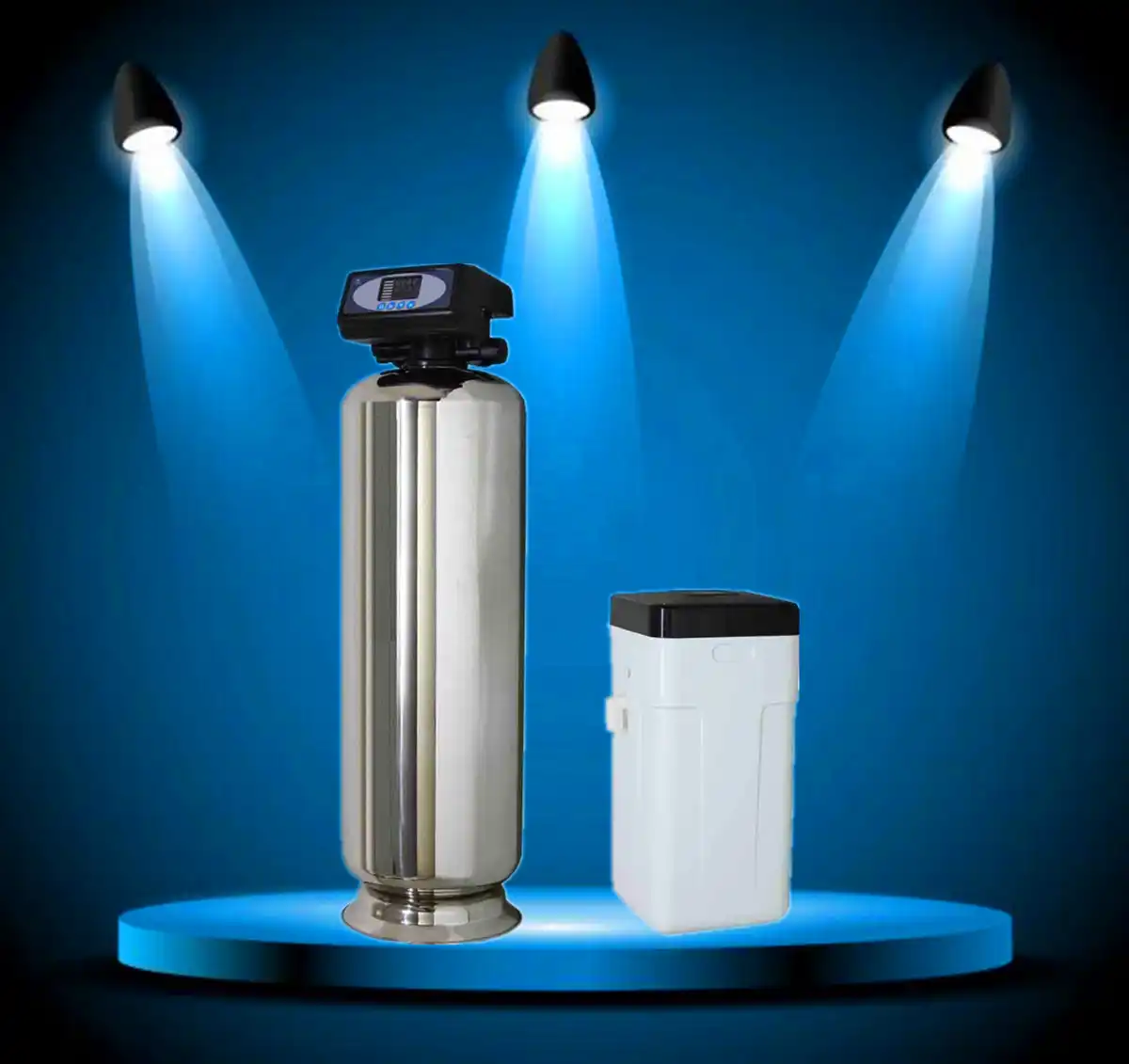 How to Choose Reliable Central Water Filtration and Water Softening Systems? Most People Get It Wrong!
How to Choose Reliable Central Water Filtration and Water Softening Systems? Most People Get It Wrong!
 In rural areas, where groundwater from wells is the primary water source, is it truly necessary to install water purification equipment?
In rural areas, where groundwater from wells is the primary water source, is it truly necessary to install water purification equipment?